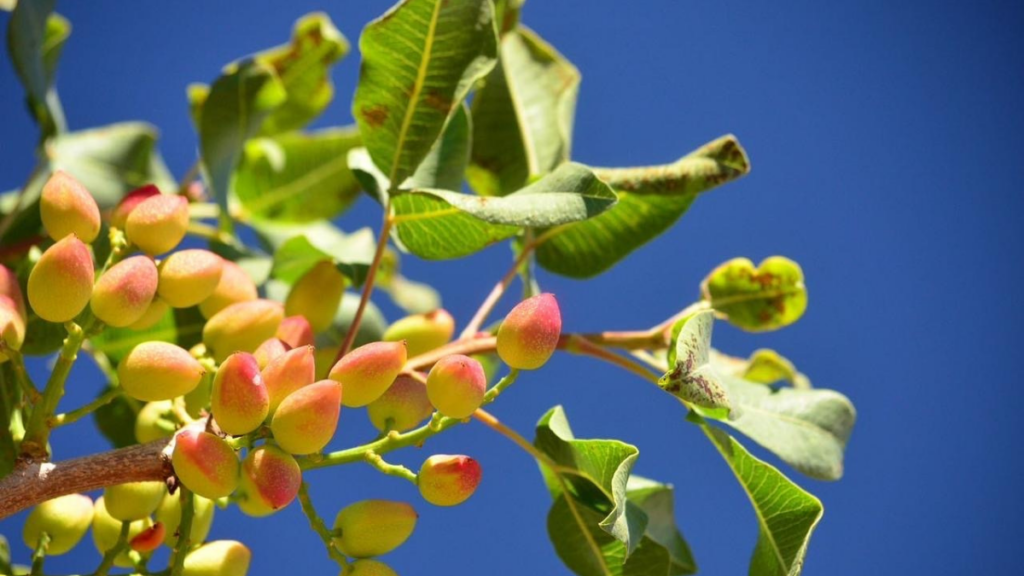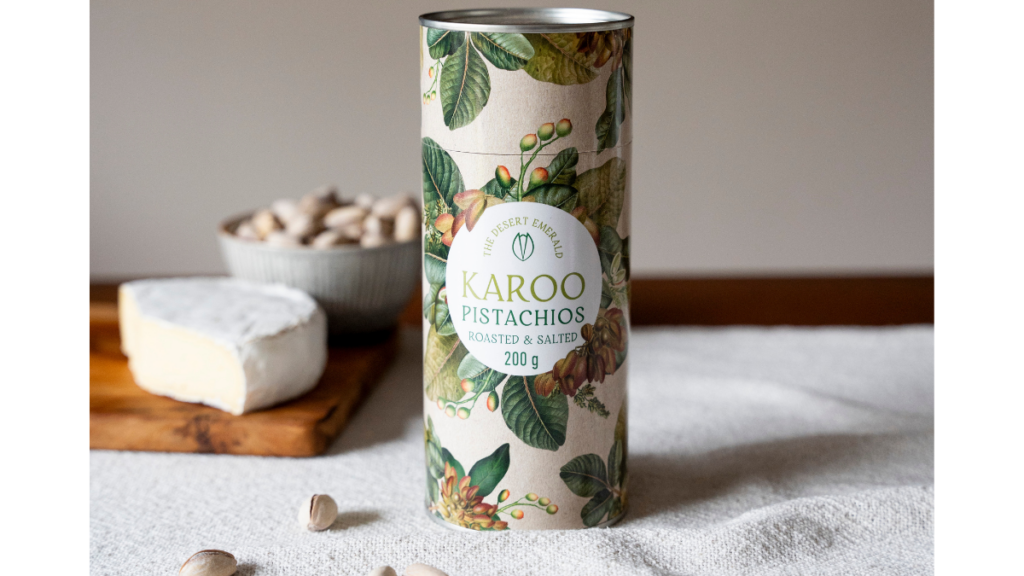The incredible story of one South African industry rising from the ashes

For decades, the story of South Africa’s foray into pistachio farming was summarised as a significant, government-backed initiative that ultimately failed.
However, a closer look reveals a far more complex and hopeful narrative—one where foundational work, challenging lessons, and farmer tenacity are now paving the way for a thriving, albeit niche, industry.
The initial project, spearheaded by the Industrial Development Corporation (IDC) in the 1990s, was an ambitious venture aimed at parachuting South Africa onto the global pistachio stage.
Previously, pistachio production was nonexistent in South Africa.
The global market is highly concentrated. 98% of the world’s production comes from just four countries: the United States, Iran, Syria, and Turkey.
With that said, pistachios, although with their challenges, are seen as one of the most profitable nuts to farm.
After recognising Prieska in the Northern Cape as a potentially promising region due to its hot, dry summers, cold winters, fertile soils, and access to Orange River water, the IDC invested a substantial R130 million (roughly R500 million today) into the Green Valley Nuts project.
The vision was grand: establish 1,000 hectares of orchards, enlist local farmers to plant and manage 200 hectares each, and build a R15-million processing plant: the country’s first large-scale pistachio facility.
The goal was to create jobs, expand exports, and establish a lasting sector, targeting major markets such as the US and Iran, with projected annual exports of 2,500–3,000 tons.
In the 1990s, local farmers were enlisted to plant and manage the orchards.
However, significant challenges began to emerge. By the late 2000s, facing problems and project overruns, the IDC brought in international pistachio experts.
Their key conclusion was that the core issue was a fundamental lack of sufficient chill units, meaning the winters were not cold enough in the specific way required for pistachio trees to thrive.
This, combined with issues such as aflatoxin-positive results and the project falling behind schedule and overrunning costs, led to the belief that the climate was not suited to pistachios and that fighting against nature was deemed suboptimal.
Around 2011, the IDC declared the project “null and void” and stopped the Green Valley Nuts pistachio project, leaving farmers with “thousands of trees and an uncertain future”.
Equipment from the IDC’s processing facility was sold off, forcing continuing farmers to source their own.
Out of about 10 original out growers, only two had orchards with the “right female variety on the right rootstock with the right pollinators”.

Initially down, but not out
Despite the IDC withdrawing support, two family farms, including Wercon Boerdery (the Coetzees) and Uitdraai Boerdery (the Mullers), continued with their orchards.
They were left with significant challenges, including a large chunk of the established orchards having the wrong plant material: incorrect combinations of female varieties, rootstock, and pollinators.
Speaking to BusinessTech, Rina Coetzee recalled having to remove hundreds of trees due to the wrong rootstock. Facing this uncertain future, farmers had to innovate.
The Coetzees from Wercon Boerdery initially decided to try to get an economic return from the existing trees. This involved a phase of “winging it,” setting up mini processing facilities, and processing their own crops.
Years of trial and error revealed that earlier concerns about insufficient cold in Prieska were based on outdated models.
The real issue was the region’s short spring and rapid shift to heat, which causes trees to accumulate heat units faster.
This means pistachio trees need fewer chill portions, about half, and still meet their needs most years.
The bigger challenge was poor bloom timing between male and female trees. Since pistachios rely on synchronized blooming for pollination, this mismatch, driven by climate and genetics, posed a major hurdle.
Recognising these specific issues allowed farmers like the Mullers to begin managing and adjusting the pollination process effectively.
This breakthrough has led to yields now starting to become comparable to “world class yields”.
Building on this hard-won knowledge, a revival is underway. The Mullers co-founded the Pistachio Nut Company to establish a nursery and supply trees, even employing former IDC project staff.
They also developed the Karoo Pistachios brand, focused on production, processing, and building a reputation.
David Muller, Executive Director of Uitdraai, said that the brand emphasises quality over bulk.
Their nuts are naturally large, falling within the top 10% globally (around 1.5 grams per nut compared to 1 gram for others). “They boast great colour and amazing taste.”
This high-quality product is currently sold online and through speciality stores, avoiding mainstream retail to maintain its premium positioning.
Wercon Boerdery also has its own brand, Senqu River Pistachios, focusing on a local niche with small-batch processing and a refined drying/baking method.
Rina said that through years of trial, their “secret drying and baking process is now a refined art”, producing nuts that “stay fresher for longer and taste better than any other on the shelf.”
She highlights “attention to detail” and roasting in “small batches” to achieve the “right amount of moisture”, noting this work “has become a big passion.”
The Pistachio Growers Association, founded in 2019, supports the growing industry.
Investment is also flowing in, notably from Fedgroup into Uitdraai, which offers an Impact Farming model allowing investors to own trees. Muller views this funding model and the expertise it brings as highly valuable.
The current focus is on scaling up, aiming for 2,000 hectares under cultivation across growers to achieve 6,000-8,000 tons of annual export volume, with significant scaling expected around 2028/2029.


No pointing the finger needed
Calling the IDC pistachio project an “outright failure” is an oversimplification, often voiced by politicians or in surface-level summaries.
Muller calls this a “very crude summary,” urging a more nuanced view. While early poor yields and delays might suggest failure, he argues that fairness requires context.
Muller stresses the importance of recognizing the groundwork laid. Despite being halted, the IDC project “did an amazing job” and built a strong foundation for today’s progress.
He compares it to Hercules trying to empty a horn connected to the ocean—true impact is only clear in hindsight.
“If it wasn’t for this project,” he says, “other farms wouldn’t have been able to pick up the baton.” Though challenges and misunderstandings linger, optimism is growing.
Pistachios remain among the most profitable nuts globally, with demand far outpacing supply.
Muller believes the South African pistachio industry could become a “billion rand” sector, showing that the IDC’s early efforts, paired with farmers’ resilience, are finally bearing fruit.
Photos of South African pistachios
























